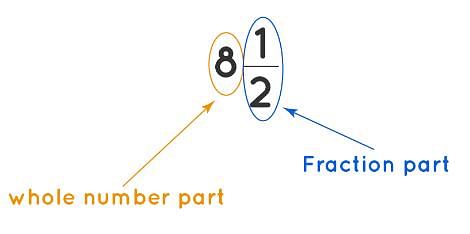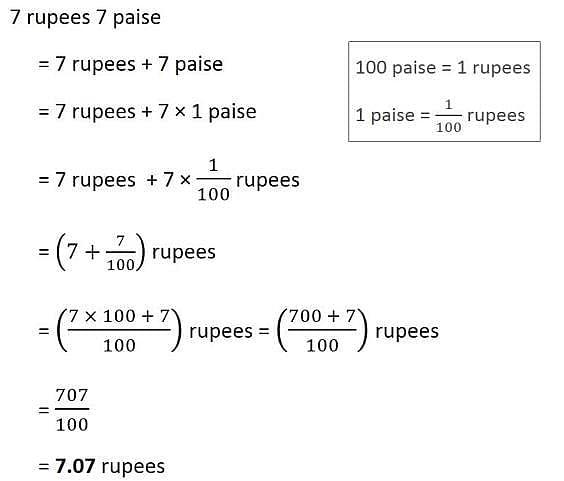Test: Fractions and Decimals - Grade 7 MCQ
30 Questions MCQ Test - Test: Fractions and Decimals
| 1 Crore+ students have signed up on EduRev. Have you? Download the App |
Apala ate 3/5 of an orange. The remaining orange was eaten by Meenu. What part of the orange was eaten by Meenu?
When 0.23 is converted into a fraction, then the result is:
Arrange the following in descending order:
(2/9), (2/3), (8/21)
Ritu ate 4/7 part of an apple and the remaining apple was eaten by her brother Somu. How much part of the apple did Somu eat?
The result of adding the difference of 3.003 and 2.05 to their sum is:
Find the area of rectangle whose length is 6.7 cm and breadth is 2 cm.
Which of the following is an equivalent fraction of 3/10?
The product of two proper fractions is ______ than each of the fractions that are multiplied
A grocery store sells apples for $1.29 per pound and bananas for $0.79 per pound. If a customer buys 3 pounds of apples and 5 pounds of bananas, what is the total cost of the fruits?
















 ?
?

















